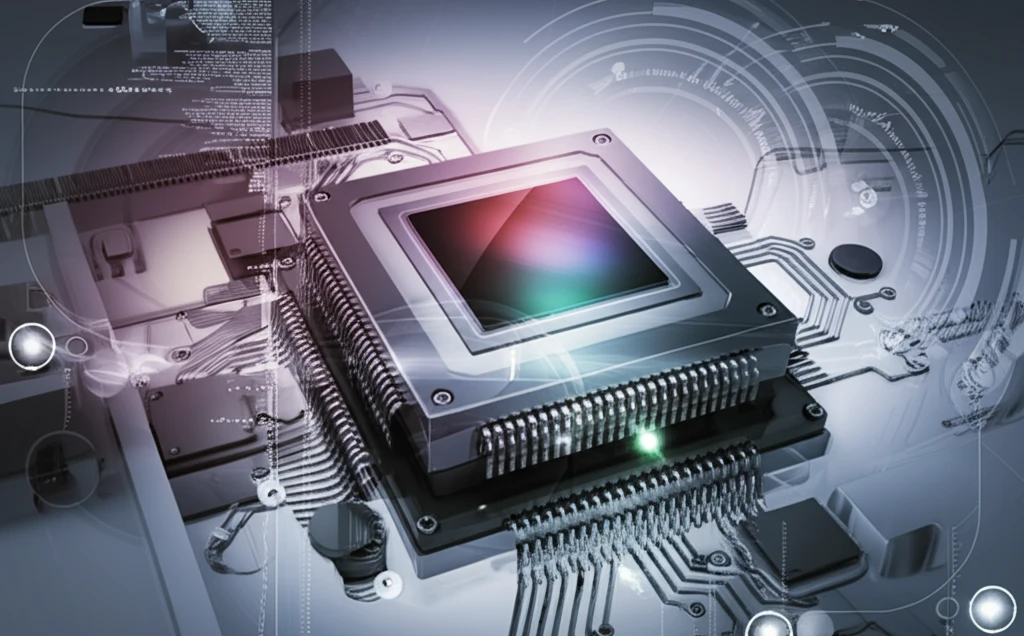
Chilling Out: How Temperature Impacts High-Tech Camera Sensors & What It Means for You
"Explore the surprising effects of temperature on InP/InGaAs photocathodes in infrared cameras and learn how cooling can dramatically improve image quality."
In an era where technology constantly pushes the boundaries of what's possible, infrared cameras have emerged as indispensable tools in various sectors, from scientific research to industrial quality control. These cameras allow us to see beyond the visible spectrum, detecting heat signatures that reveal hidden information. The heart of these advanced imaging systems lies in their highly sensitive sensors, often made from materials like InP/InGaAs. However, like all sophisticated technology, these sensors are susceptible to environmental factors, with temperature playing a significant, often underestimated, role.
Temperature variations can significantly impact the performance of InP/InGaAs photocathodes, the key components responsible for converting infrared light into electrical signals. Understanding these effects is crucial for optimizing camera performance and ensuring accurate and reliable results. As temperatures fluctuate, the sensor's ability to detect subtle heat differences can be compromised, leading to blurred images or inaccurate readings. This is particularly critical in applications where precision and clarity are paramount.
This article delves into the fascinating world of temperature-dependent behavior in InP/InGaAs photocathodes. We'll explore how cooling techniques can be employed to mitigate the adverse effects of temperature, enhancing the sensitivity and resolution of infrared cameras. By understanding the underlying science and practical implications, you'll gain valuable insights into how these thermal management strategies are vital for achieving the best possible imaging results in a wide range of applications.
Why Temperature Matters: Understanding the Science Behind Infrared Sensors

The performance of InP/InGaAs photocathodes, crucial for short-wave infrared (SWIR) detection, is heavily influenced by temperature. These sensors operate by converting incoming infrared photons into electrons, a process known as photoemission. However, thermal energy can also excite electrons within the material, creating unwanted 'dark current' that interferes with the signal from the infrared light. This dark current increases with temperature, reducing the sensor's sensitivity and clarity.
- Increased Dark Current: Higher temperatures lead to a higher rate of thermally generated electrons, increasing dark current and reducing image clarity.
- Reduced Sensitivity: The increased noise from dark current makes it harder to detect faint infrared signals, lowering the overall sensitivity of the sensor.
- Altered Spectral Response: Temperature changes can slightly shift the range of infrared wavelengths the sensor is most sensitive to.
The Future is Cool: Innovations and Applications
As technology advances, the demand for high-performance infrared cameras will continue to grow. From improving medical diagnostics to enhancing industrial inspections and enabling more sophisticated scientific research, the applications are virtually limitless. Overcoming the challenges posed by temperature variations will be crucial in unlocking the full potential of InP/InGaAs photocathodes and other advanced sensor technologies. Ongoing research into innovative cooling methods and sensor designs promises to deliver even more sensitive and reliable infrared imaging systems in the years to come, pushing the boundaries of what we can see and understand.
